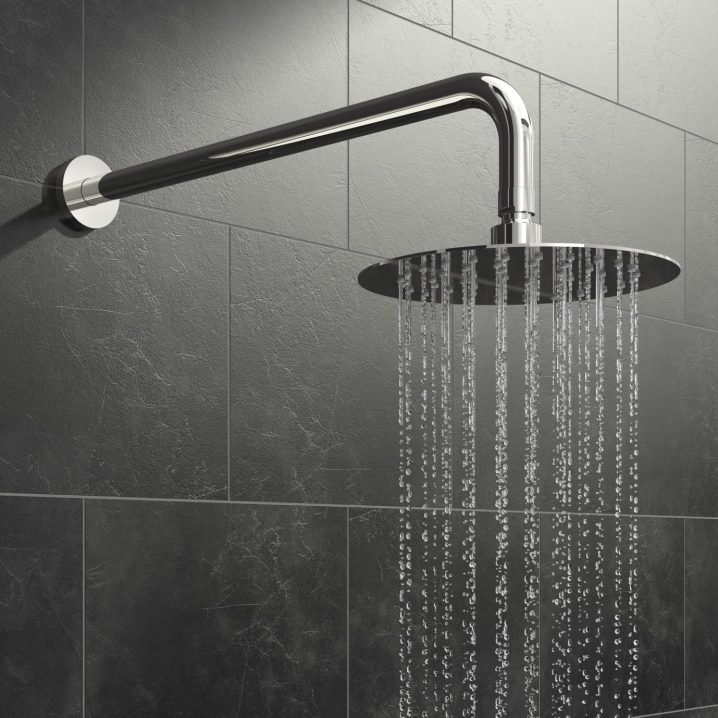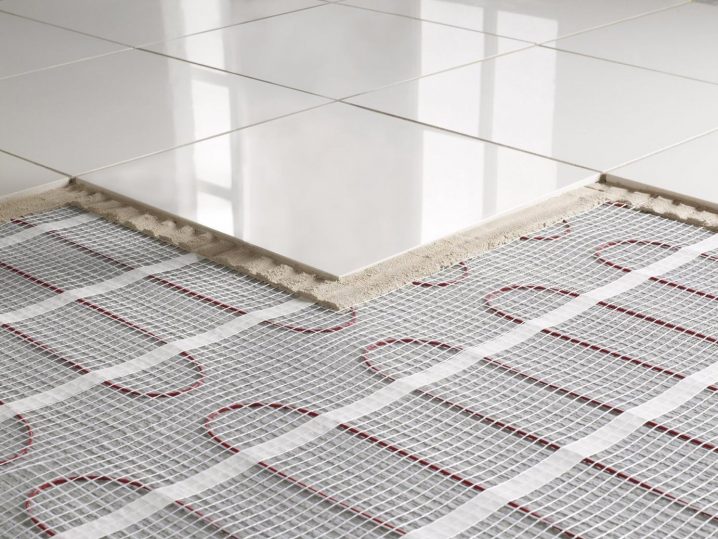Being eco-friendly certainly isn’t at the top of everyone’s list of things to do around the home. With our increasingly busy lives, it’s all too easy to forget. However, with recent climate change protests taking place around the world, not to mention the growing pressure on our government and industry-leaders, it’s something we can no longer ignore.
The long, hot summer of 2018 brought hosepipe bans and the prospect of drought to our very doorsteps, which is why water, as a scarce resource, has become a real talking point.
Creating a home that is environmentally-friendly isn’t as difficult as you might think. As over half of the water we use on a daily basis comes from the bathroom, it would appear to be most logical place to begin. Which is why we’ve come up with these 8 quick steps towards an eco-friendly bathroom.
- Turn the tap off
Starting with the easiest and most basic thing you can do. Plenty of water is wasted by simply not turning your tap off when you brush your teeth. All you really need to do is wet your toothbrush and rinse it through afterwards, so there really is no need to leave it gushing as you brush. Try and get your children into this habit.

- Take a shower instead of a bath
Running a bath not only requires a lot of energy for heating, is can also use up to 150 liters of water. Compare this to an average shower which uses around 65 liters.
Instead of a daily bath, why not reserve your bathing for special occasions or those days when you particularly need to relax and unwind. Instead, take a shower. You’ll use less water and, who knows, you might just prefer it!
- Put a timer on your shower times
Whilst we’re on the subject of showers, you can go one step further in your quest to save on resources and limit the time you spend under that jet of soothing water. Why not challenge yourself to a 4-minute shower? It could save you over 10,000 liters of water over the course of a year. Simply set a timer on your smartphone and hop out once the alarm goes. It may even help you get to work on time!
- Pick a shower that uses less water
The type of shower you choose can be just as important as the amount of time you spend underneath it. An electric shower is ideal if you’re looking to reduce your carbon footprint as well as your water consumption. Much like a kettle, electric showers only heat the water you need and many come with an “eco” button, which limits the flow without reducing your enjoyment. If you’ve invested in a smart home system, why not add a smart showering system too? This will allow you to program a specific showering experience and monitor your water use.
- Check your flush
Moving on to your toilet, over 20% of all water use comes from flushing. With many older designs, there is a single, large capacity flush that can waste bucket loads, however more modern toilets will usually come with a dual flush option. This allows you to choose a small capacity flush, which is ideal for liquid waste.
- Is your cistern leaking?
One thing many people go months or years without noticing is a leaking cistern. Almost barely visible to the naked eye, this fault with your cistern mechanism can potentially dribble away around 400 litres of water on a daily basis. The good news is, this problem is easy to identify and solve. Simply stick a sheet of toilet paper to the back of the pan a good while after your last flush, then leave it overnight. If it has fallen to bits the next morning, you most probably have a leaking cistern. Get a plumber to come and fix or simply replace with a new toilet.
- Is anything else leaking or dripping?
It might not just be your cistern that is leaking. The constant drip, drip, drip of a faulty tap isn’t just irritating—it could literally be pouring cash down the plughole. Make sure you address drips or leaks as soon as you spot them. New taps are inexpensive to purchase and can be fitted yourself, as long as you are confident with DIY tasks. Make sure you look out for taps with WRAS approval, as this will ensure they meet strict quality standards.

- Be selective with your heating
One final way to be more environmentally-conscious is to limit the amount of energy you use heating your bathroom. By fitting underfloor heating or a heated towel rail with an electric element, you can heat your bathroom separately to the rest of your home. After all, you probably only use your bathroom at very specific times of day, so why bother wasting energy during other periods? Today’s smart thermostats can even learn optimum times and temperatures, to help lower your bills.
Altering your bathroom habits may seem small but with just a few changes in lifestyle you can help save the earth. And that’s got to be good news!



